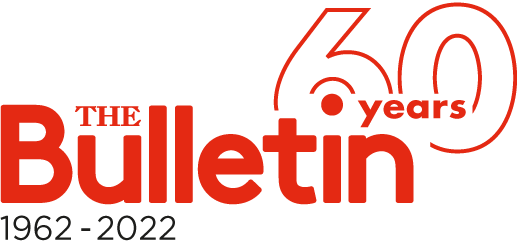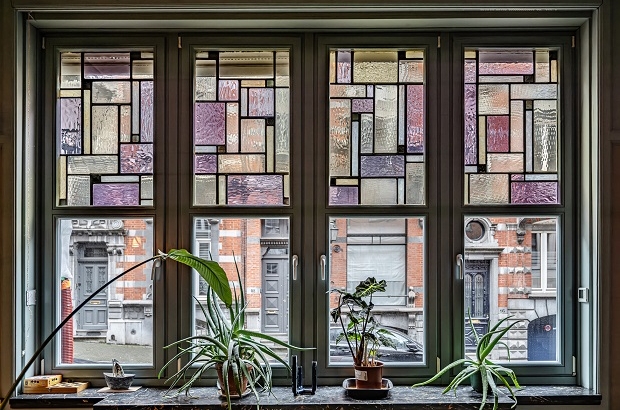- Daily & Weekly newsletters
- Buy & download The Bulletin
- Comment on our articles
Brussels’ annual BANAD Festival shines a light on Art Deco heritage from 15 to 30 March
The annual BANAD Festival showcases the capital’s Art Deco style and architecture in its extensive programme of visits, talks and events from 15 to 30 March.
Habitually dedicated to Art Nouveau and Art Deco heritage, this 9th edition honours the centenary of the "International Exhibition of Modern Decorative and Industrial Arts", which was held in Paris in 1925 and gave rise to the iconic Art Deco movement.
The festival is spread over three weekends: 15 & 16, 22 & 23 and 29 & 30 March and located in three geographical areas of the Brussels-Capital Region.
Visits of more than 60 buildings include a sneak peek in private residences that are rarely opened to the public. Visitors can join thematic walking or cycling tours, expert talks, inclusive and family-friendly activities, and the popular Object Fair and restoration salon.
The BANAD is one of the region’s flagship events in its centenary programme celebrating the anniversary of the Art Deco movement.
It is organised by Explore.Brussels, a network of guided tour associations active in the Brussels: ARAU, Arkadia, Bruxelles Bavard and Pro Velo.
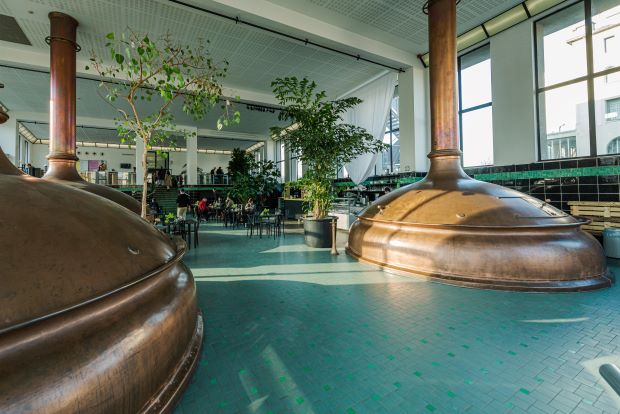
Visits in French
15 March: Art Deco in Anderlecht; Jette’s Art Deco side
16 March: Art Nouveau and Art Deco in the Marolles
22 March: Little New York in Ixelles; Art Deco and Modernism in the Churchill district
23 March Saving Art Nouveau: An obstacle course; Forest: Union makes Art Deco
29 March: Art Nouveau and Art Deco in Schaerbeek; Kapelleveld: A Utopia between Art Deco and Modernism
30 March: Around the Terdelt estate: A history du Foyer Schaerbeekois; Art Nouveau for everyone
Visits in English
22 March: Little New York in Ixelles
29 March: Art Nouveau and Art Deco in Schaerbeek
BANAD Festival 2025 - New tours in the programme
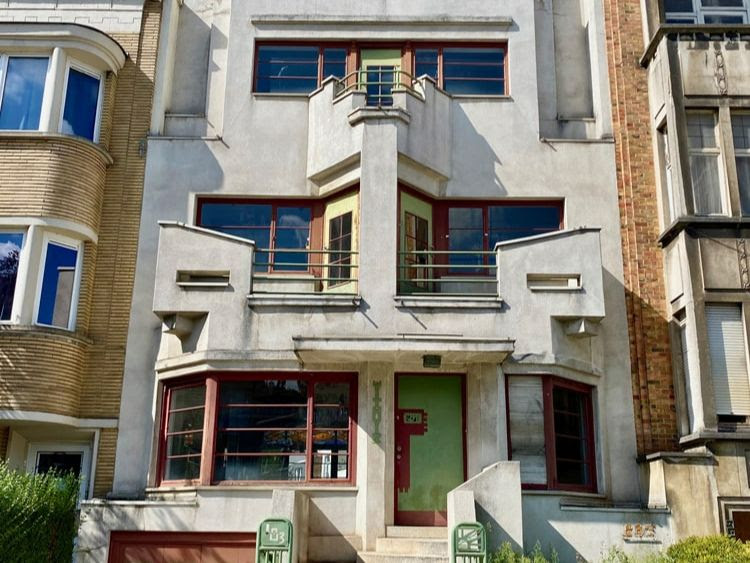
Jette, Côté Art Deco: Saturday 15 March, 14.00 (in French)
Formerly a hamlet on the outskirts of Brussels, Jette experienced significant urban growth during the interwar period. This is why the northern municipality boasts a remarkable Art Deco heritage, mainly composed of single-family homes and small apartment buildings that feature the movement’s approach to volume and space.
This visit sets out to discover the different trends in Art Deco architecture, showing variations in façade decoration: play on colours, materials, volumes and wrought iron work. Some of these buildings are true masterpieces, with references to cubism and the distinctive forms of the period evoking the ocean liners then transporting thousands of hopeful migrants from Europe to America.
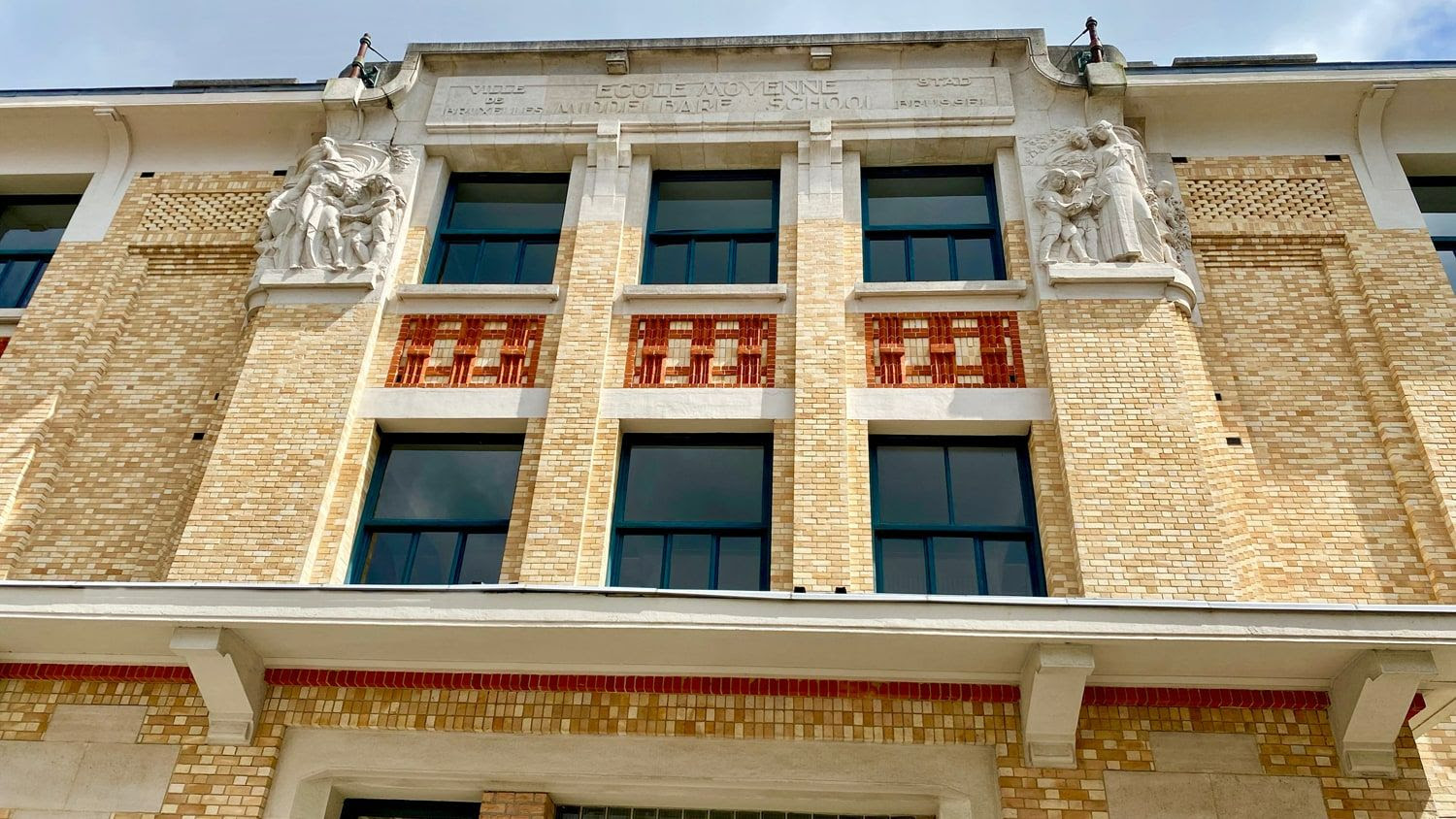
Art Nouveau et Art Déco dans les Marolles Sunday 16 March (in French)
The history of the emblematic working-class district of Brussels, which stretches from the Notre-Dame de la Chapelle church to the Porte de Hal, dates from the 12th century.
It was in the second half of the 19th century that the Marolles underwent major transformations in its housing, public and social facilities and urban landscape, which reflected the aesthetics and moral values of the period. This resulted is a wide variety of styles as architecture evolved in Belgium.
From Rue Blaes to Rue des Minimes, the tour invites visitors to discover the characteristics of Art Nouveau and Art Deco in relation to their eras through a neighbourhood designed for workers, a hospital, two schools and an artist's studio.
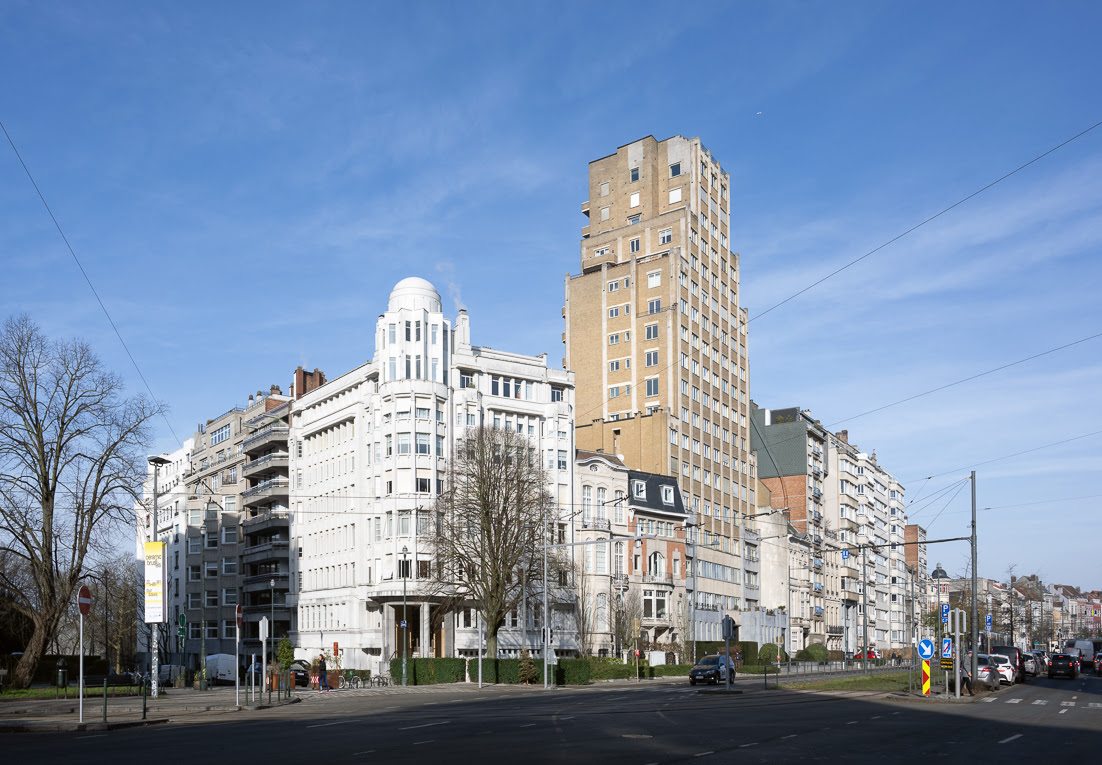
Little New York in Ixelles Saturday 22 March, 10.00 (in English)
The neighbourhoods of the Etoile roundabout and Solbosch were the epicentres of modernity during the roaring twenties. The former site of the 1910 World’s Fair was developed in the 1920s to attract the upper middle classes. Many high-end apartment buildings were built here, such as the Palais de la Folle chanson, the Palais du Congo, and the La Cambre residence, the first Brussels skyscraper inspired by the New York Art Deco style.
Avenue Franklin Roosevelt (formerly Avenue des Nations) was adorned with prestigious Art Deco and modernist mansions. It was the first Brussels major road designed for cars. The new premises of the Université Libre de Bruxelles (ULB) were built along the thoroughfare with American funds dedicated to post-war reconstruction.
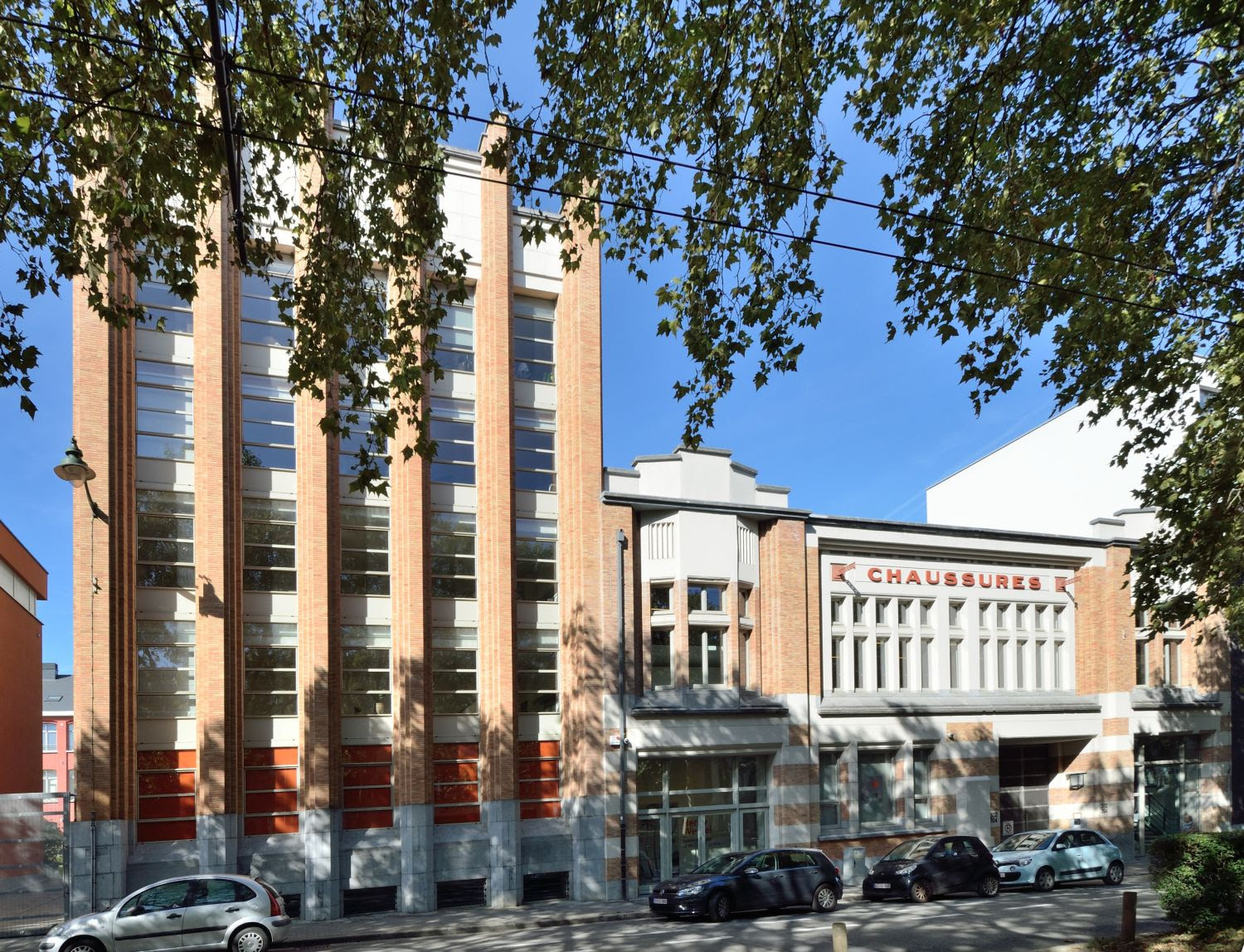
Forest: l'Union fait Art Déco Sunday 23 March, 14.00 (in French)
The Union district in Forest, located between Parc Duden and Gare du Midi, was largely built during the interwar period. Art Deco is omnipresent with opulent single-family homes, the first apartment buildings, large school complexes and a municipal swimming pool. The proximity to Gare du Midi encouraged many factories to set up in the district.
In addition to the Wielemans-Ceuppens breweries, which acquired a factory designed by the architect Adrien Blomme in 1930, François De Meulecom designed the Frans et fils shoe factory in 1929 that has since been converted into housing. The ironwork manufacturer François Alexandre, an award-winning craftsman at the Paris Exhibition in 1925, also set up his workshop on Avenue Van Volxem.
This was a period marked by the development of leisure activities. The Stade Joseph Mariën was built near Parc Duden in 1926. With its bas-reliefs depicting sports scenes, it is one of the few Art Deco football stadiums still standing in Belgium.
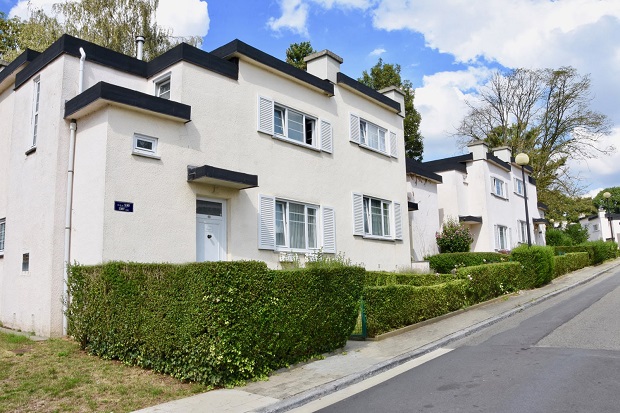
Kapelleveld: Une Utopie entre Art Déco et Modernism Saturday 29 March, 14.00 (in French)
Established in 1922, the Kapelleveld estate is the sole garden city in Brussels primarily aimed at intellectual workers and the only one initiated by a Catholic-inspired tenant cooperative. Its construction was spread over several phases from the 1920s to the 1970s, but it was especially during the interwar period that the estate flourished.
As with the Logis-Floréal, it was Louis Van der Swaelmen who designed the layout of the district, while the construction of the houses was entrusted to four architects from the modern movement. Antoine Pompe, Huibrecht Hoste, Jean-François Hoeben and Paul Rubbers designed more than 400 homes of different types, from cubic pavilions to semi-detached houses inspired by the Amsterdam School. The Kapelleveld estate was a place for experimenting with new architectural canons, but also new construction techniques, such as in the La Roue estate in Anderlecht.
Between these buildings, green spaces were given pride of place, with alleyways, tree-lined main roads, playgrounds and small squares.
Photos: (main image) Maison Holvoet ©EB-Endre Sebok; Wiels ©visit.brussels Jean-Paul Remy; Marolles ©www.admirable-facades.brussels; ARAU

